The year 2021 will see further subsidy reductions for electricity generated from offshore wind farms, leading developers to ramp up installation in order to get their windfarms connected to the power grid. This will worsen the large gap that already exists between capacity available in the market (vessels, piles, hammers, cable laying resources, design capacity, etc.) and the volume of tendered projects.
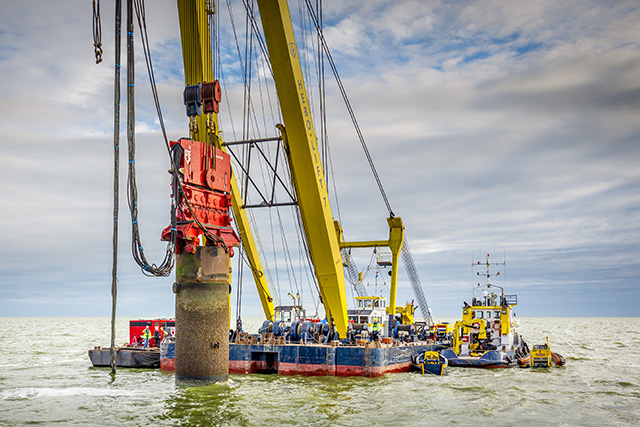
Market data collected by Goldwind shows the following projection:
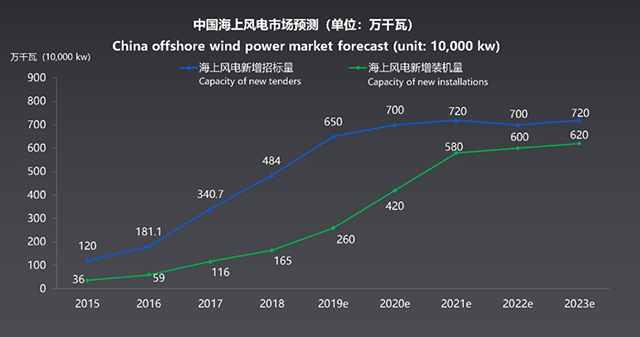
The volume of the tendered capacity exceeds the current installation capacity. This means there is a great need for more reliable products that eliminate downtime for established construction methods, as well as a great interest for new time saving installation methods that can shorten construction time by upending and driving monopiles without the need for auxiliary tools. Several clients, such as Huaxi Offshore Engineering, are very much aware of this and have chosen ICE as a reliable vibratory hammer supplier for positioning frame and jacket installation projects, reducing their risk of downtime.
New time saving installation methods
Time is running out before the front runners separate from the pack and industry consolidation is achieved. After many years of campaigning ‘The 7 reasons to consider vibrating mono piles’, they are now gaining acceptance.

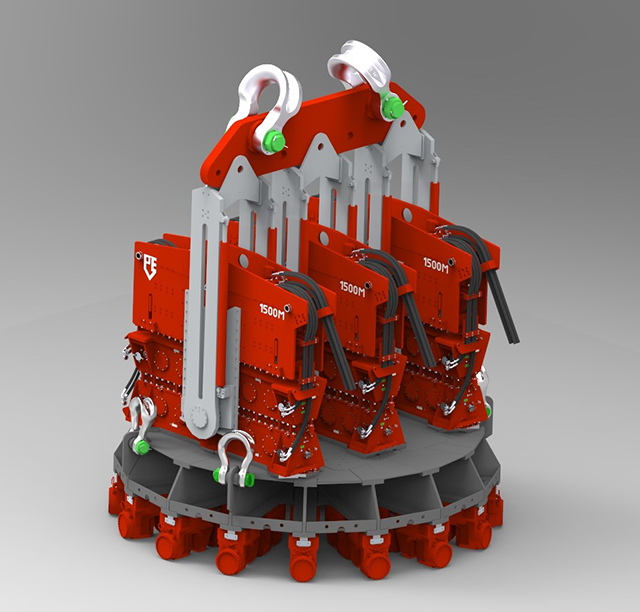
Here are the 7 reasons to make the switch to vibrating piles:
1. It shortens pile driving times. Tests show that under suitable soil conditions the vibratory hammer drives down the pile 10 times faster.* Complete the foundation work within a short weather windows.
2. It brings down installation cost by employing fewer and more economical tools. The vibro, when fitted with an upending module, can lift a pile from its horizontal storage position, upend, and lift the pile into driving position. The pile is driven into the seabed unaided by pile gripper or positioning frame, verticality is maintained with sensor mounted on the hammer.
3. Vibrating reduces pile fatigue and doubles design life to 50 years by introducing less energy into the pile during driving*. It would also allow for mono pile designs with thinner wall thickness, leading to significant material savings and handling cost.
4. Limit piling noise to improve working conditions on the piling boat for the construction team.
5. Changing pile designs and increasing pile diameters call for modular equipment such as a Giant vibro that can be easily reconfigured to drive piles from 3.5-8.4 meter in diameter
6. The Giant 2000M innovation is built up from time tested and mature components like the 500M, but in a novel set-up that reduces the complexity of synchronization, and the weight and height of the hammer, while increasing the structural rigidity and the dynamic range of pile diameter the hammer can handle.
7. Independent test results show end bearing and lateral bearing capacity of vibrated piles is within specification.
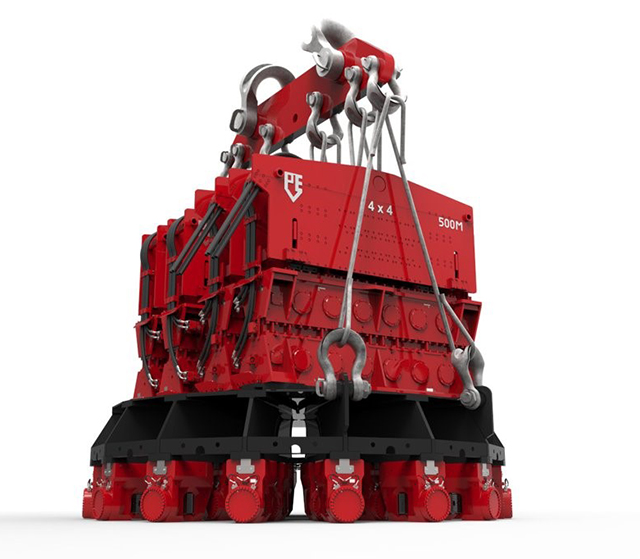

Compared to impact driving
Can the end-bearing capacity be derived from vibro driven piles?
No. The energy brought into the pile by the vibro is not recorded. In fact, the bearing capacity is derived from the design length of the pile, which have a significant safety factor, if the pile is driven to depth the bearing capacity of the pile is certain.
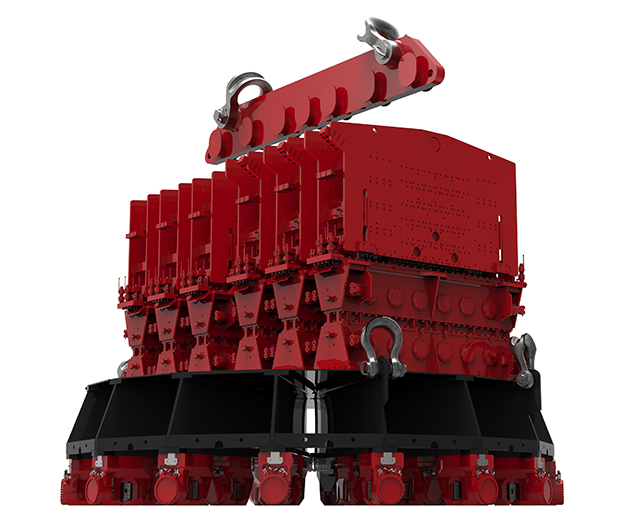
A more valid concern to consider is soil disturbance. Vibrators liquefy the soil allowing the pile to sink into the soil under its own weight. What is the duration of liquefaction of the soil, will it affect the lateral capacity of the foundation? First, it is good to understand that 12,800L/ minute of hydraulic flow is needed to bring a monopile into vibration, as soon as the power is switched off the soil returns to its stable state. Second, when using correct pile driving techniques the bearing capacity of the pile will be increased due to the compaction effect of the vibrations, we are happy to share the methodology with our users.
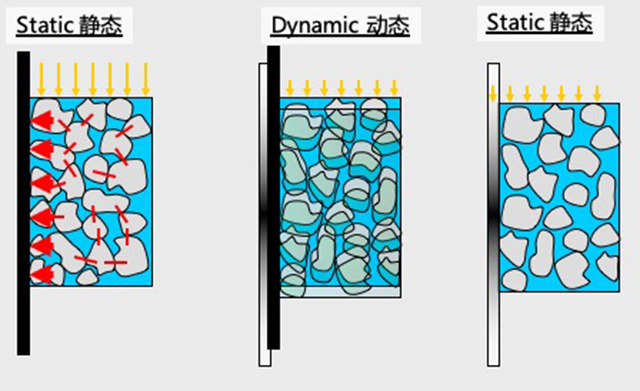
The patented Giant 2000M matrix set-up designed by the Dieseko Group, manufacturer of the ICE and PVE brands of vibratory hammer, allows for a rigid setup. It combines four 500NF hammers and just four 3200 Hydraulic Power Units. Clamping solutions are available for all kinds of flanged piles. For piles that need even more power than that we have the 3000M Giant.
WHAT ARE YOU WAITING FOR?
What would be YOUR first mover advantage? You will be able to work faster and at lower cost than anyone else in the business and be able to increase margins or reduce cost for a next tender. Our pile driving predictions have shown time and again that the GIANT can drive mono piles to depth. Contact us for an information package today!
